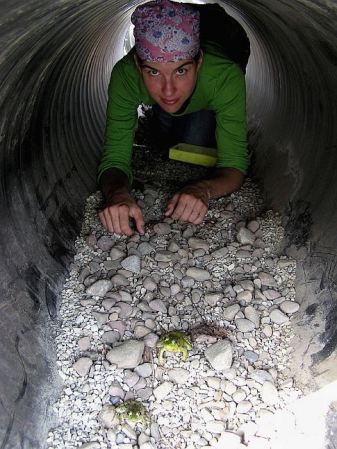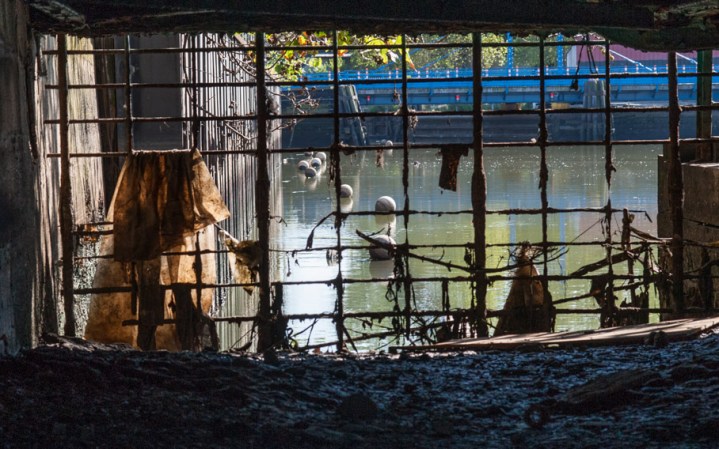

The water toilet is truly one of the greatest miracles of modern life, a frothy disappearing act; now you see it… now you don’t. But washing human waste away requires huge sewage treatment infrastructures in cities, and extensive home septic systems for rural dwellers. Compost toilets, though in their essence as old as human civilization, have evolved to a point of technological sophistication whereby they tackle the minutiae of composting details to create optimal conditions for recycling human waste.
Take a look at the compost toilet tech out there for the non-flushers among us.

























